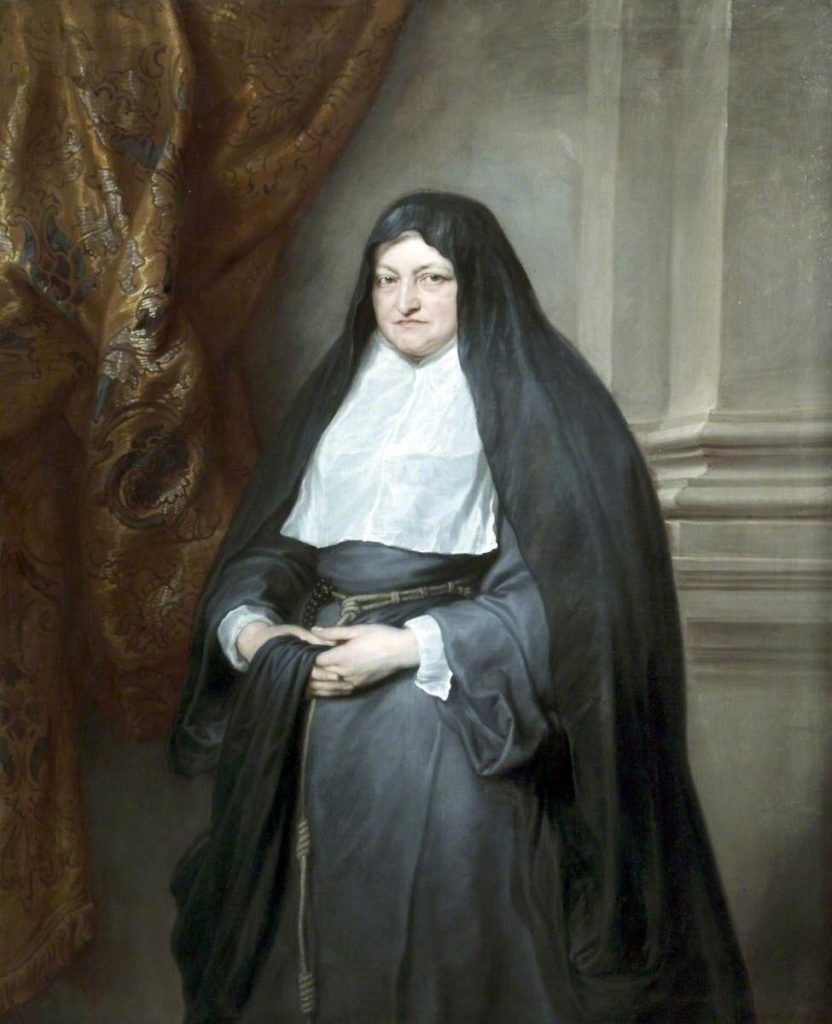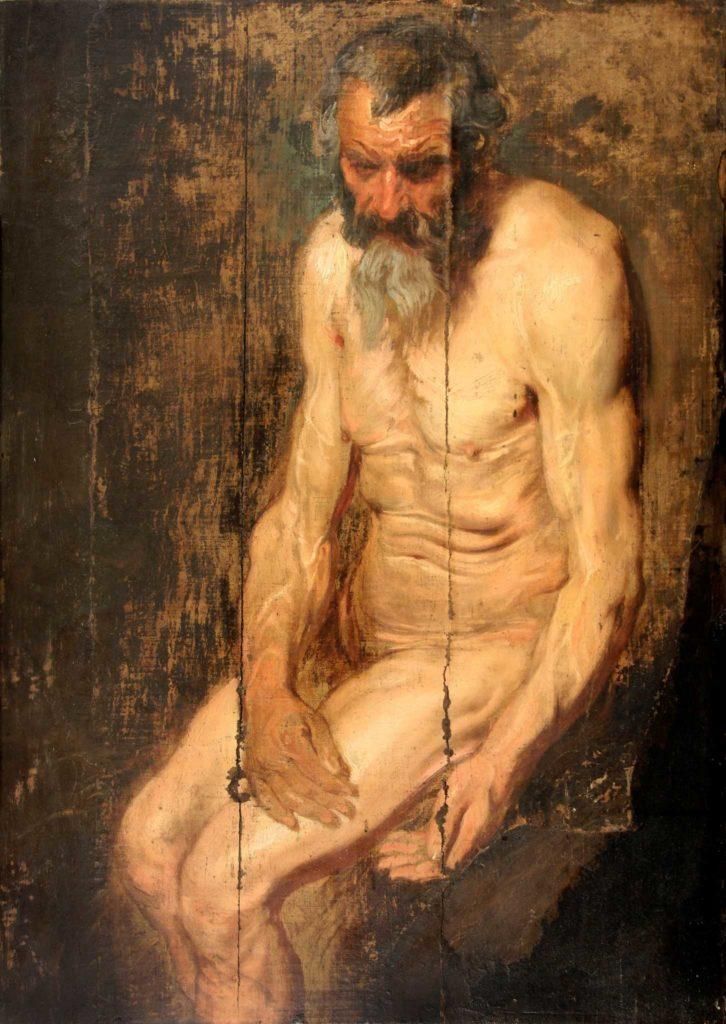Digital Art Detectives Identify Original van Dyck Portrait
The 17th-century painting was previously attributed to the Dutch artist’s workshop
/https://tf-cmsv2-smithsonianmag-media.s3.amazonaws.com/filer/4f/8e/4f8efd61-acd8-4ac4-b60a-6f80e79e0aed/1672.jpg)
Back in 2018, Old Master art dealer Fergus Hall first floated the idea that a 17th-century portrait owned by Liverpool’s Walker Art Gallery attributed to Anthony van Dyck’s workshop was actually the work of the Dutch artist himself. Researchers at Art Detective, a digital forum dedicated to helping public art collections across the United Kingdom “make new discoveries,” were intrigued and posted a thread addressing the topic, encouraging historians, curators and art lovers to join the discussion.
Ultimately, the group’s debate led Susan J. Barnes, author of van Dyck’s catalogue raisonné, to visit the Walker and assess the portrait in person. She left convinced of its status as a genuine van Dyck.
Now, according to the Guardian’s Mark Brown, Art U.K., the public art charity behind Art Detective, has verified that Portrait of the Infanta Isabella Clara Eugenia is, indeed, an original van Dyck, painted with minimal assistance from studio staff.

During the debate on Art Detective forum, several commenters pointed out that the quality of the portrait, which dates to between roughly 1628 and 1633, was markedly higher than other works attributed to van Dyck’s workshop. Art restorer Simon Gillespie deemed the head and hands “very well conceived,” while art historian Bendor Grosvenor wrote, “From the vivacity of the handling, the Walker seems to me mostly autograph”—or painted by a single artist rather than partly or wholly by studio assistants—“throughout.”
Upon closer inspection, Barnes agreed. “[The work] is notably fine in the rendering of the figure in the interior,” she explains in a statement. “Most important is the compelling likeness: van Dyck's depiction of the archduchess conveys at once the presence of a living human being and of an imposing person, a commanding, international leader.”
Per the National Inventory of Continental European Paintings, van Dyck—a masterful portraitist who catered to patrons across Europe and, in the words of Guardian art critic Jonathan Jones, was essentially Britain’s “first art star”—received a gold chain worth 750 guilders for creating a painting of the infanta in December 1628.
The Liverpool portrait, which was donated to the museum in 1954, features a three-quarter length view of Austrian archduchess and Spanish infanta Isabella Clara Eugenia, and is likely a variation of this work, which now adorns the walls of Turin’s Galleria Sabauda. Both canvases depict the royal, who ruled the Spanish Netherlands between 1598 and 1621, later in life: As a member of a Franciscan lay order, Isabella wears a modest black habit.

Andrew Ellis, director of Art U.K., tells the Guardian’s Brown that the van Dyck discovery is the Art Detective forum’s biggest success to date. He adds, “[It] is an especially important one and unequivocally proves the value of this innovative use of digital technology to share and grow knowledge.”
Portrait of the Infanta isn’t the only newly identified van Dyck work to make headlines in recent months. Last month, New York’s Albany Institute of History & Art unveiled Study for Saint Jerome With an Angel, an oil painting created by the artist when he was just 18. Albert B. Roberts, a local collector who has spent the past 30 years searching for what he calls “orphaned” art, purchased the work for $600 in 2002.
/https://tf-cmsv2-smithsonianmag-media.s3.amazonaws.com/accounts/headshot/mellon.png)
/https://tf-cmsv2-smithsonianmag-media.s3.amazonaws.com/accounts/headshot/mellon.png)